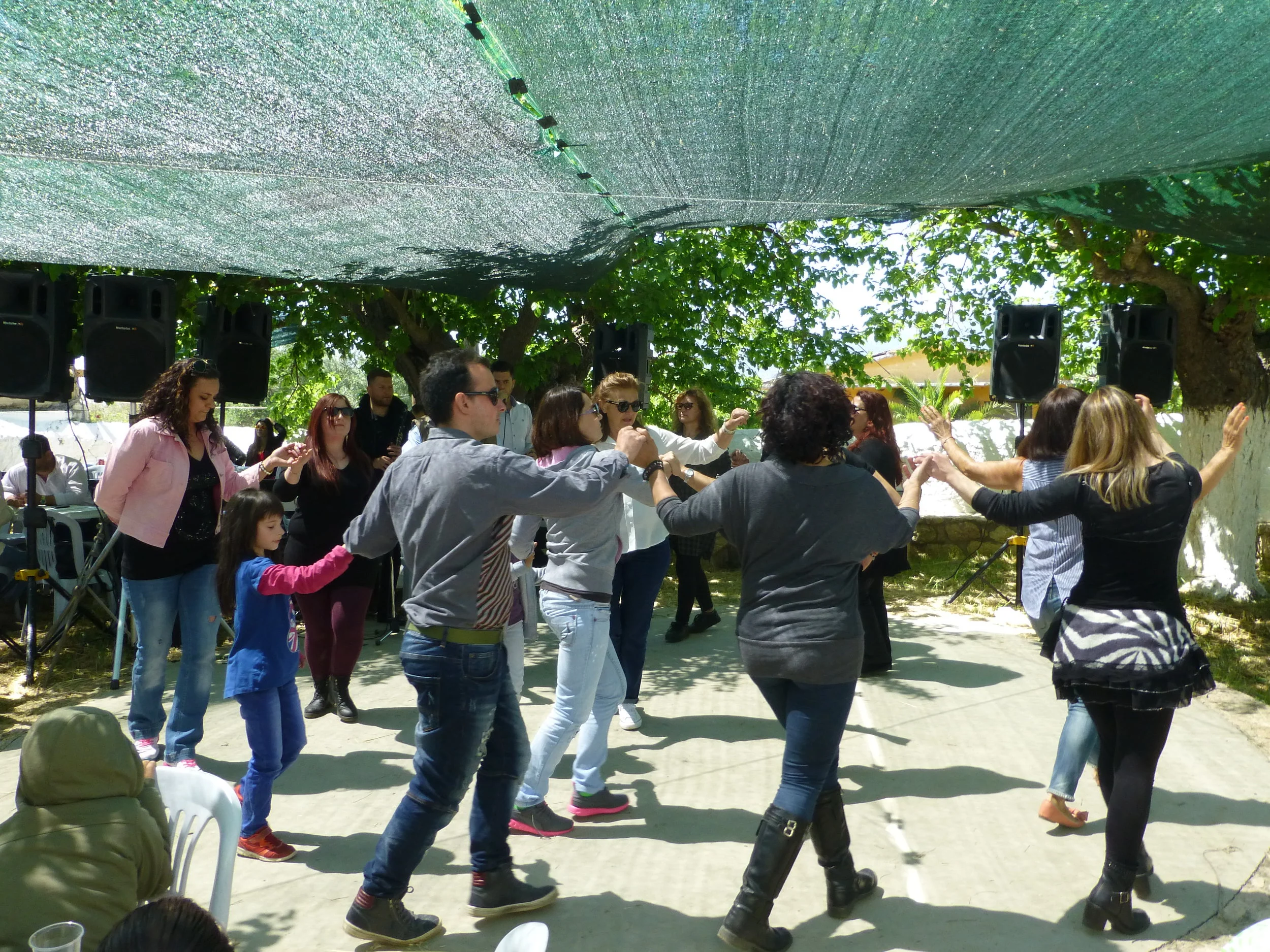Greece is made of three major land groups, the mainland, the Peloponnese Peninsula and the islands offshore. The land is comprised of approximately 80% mountains and hills, making it one of the most mountainous countries in all of Europe. The mountainous area known as the Pindus region is an extension of the Alps. Many people will know the popular islands of Greece (Mykonos, Santorini), but the heart and soul of the Greek people will be found in small villages of the mainland.
I had an opportunity to travel with a friend who was born in a small village in the very southern region of the Peloponnese Peninsula. To be able to experience the beauty of this part of Greece with someone who literally seemed to know everyone - amazing. What a tour guide Dino proved to be.
Konstadinos Georgas was born 67 years ago in the small village of Aggelona. Raised in a very small stone structure with 7 siblings - the parents, children and grand parents resided in a small building that housed not only all the family members but the animals too. As a child Dino tended goats for his family.
He took us to see what remained of the structure. The area surrounding his former house is now the most predominate feature of the area - olive tree orchards.
Located nearby his old house was a very small church. According to Greek Orthodox tradition, nearly every day of the year is dedicated to some Christian saint or martyr. When someone in Greece is named after one of these saints, that saint's celebration day becomes their “name day” and is celebrated much like their actual birthday. Dino's name day (for the saint Konstadinos) is celebrated on May 21st. So Dino would actually celebrate this event in this small church.
Aggelona like many small rural villages in Greece is feeling the effects of an aging population and young people moving to the larger population areas for jobs. There are 70 abandon structures in Aggelona and the public school had recently closed.
In spite of the changing dynamics of the village you could still sense a strong feeling of community when you interacted with the villagers. The hub of Aggelona is located in the central square where you will find two coffee shops, a restaurant and a small grocery store. We enjoyed the restaurant several times and a morning breakfast that will not be forgotten. Can you imagine drinking three shots of Ouzo for breakfast - before you head to a Greek "name day" festival. Our third round of Ouzo was compliments of the the local priest. It was his "name day" and he was at the bar buying villagers shots of Ouzo !! Here is a description of Greece's national drink.
* Clear and silky, with a distinct licorice flavor, ouzo is distilled from the must or remnants of grapes pressed for wine. It can be flavored with spices like anise, mint, mastic, and coriander. Potent and fiery, it is not a drink for the faint of heart. It has an alcohol content of about 40% (depending on the brand) but it also has a high sugar content that delays the release of the alcohol into your system. Drinkers are advised to use caution because the effects of ouzo will sneak up on you.
Next - Living Life - The Greek Way
I found the Greek people to be very hard working - but they certainly liked to enjoy life with lots of zest and enthusiasm. Whether it is a religious celebration for a "name day" or a special lamb dinner for a friend, it is non stop partying till the food runs out or the musicians head home. The photos will tell the story, these people love life.











